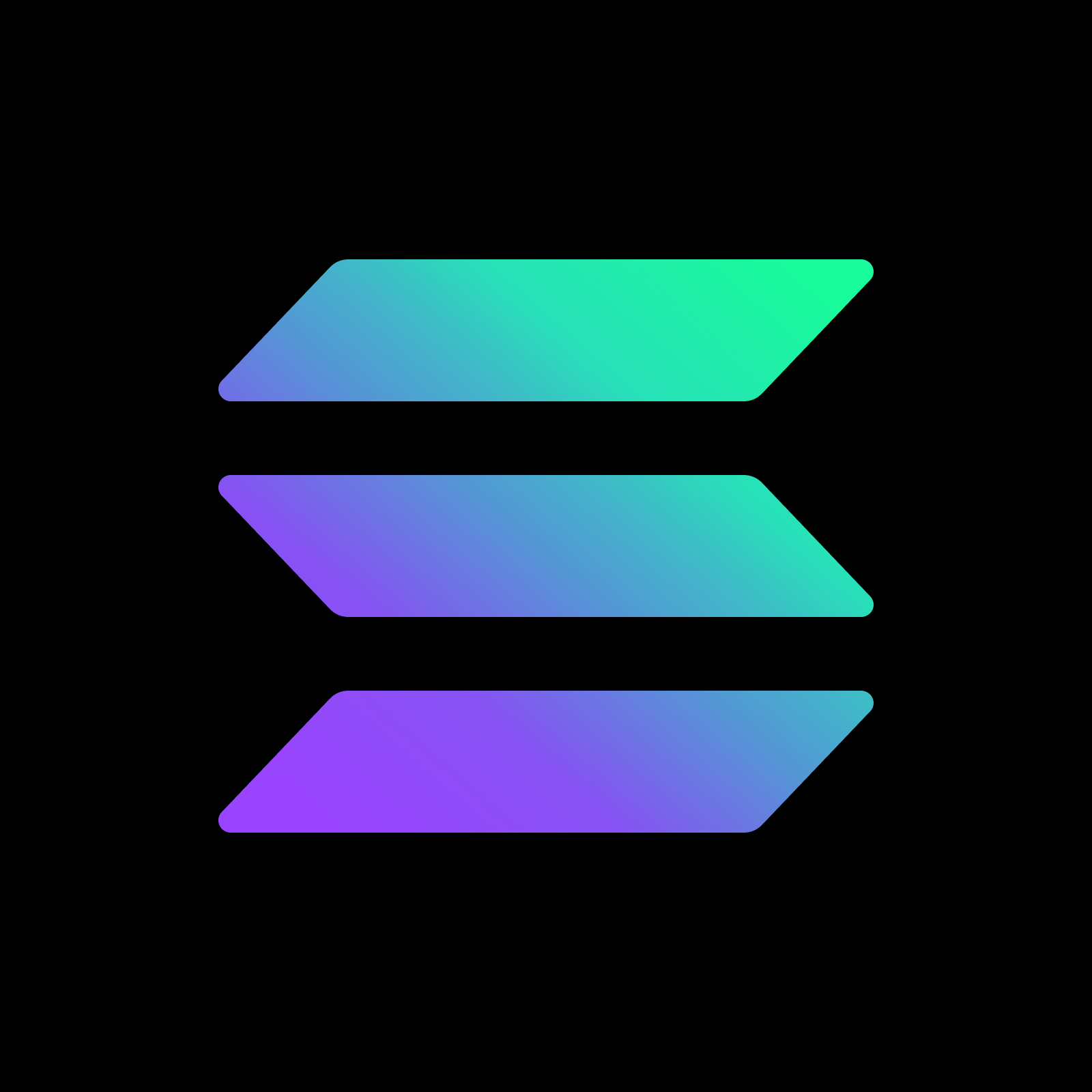Solana is currently one of the top 10 largest cryptocurrencies in the blockchain ecosystem, with a total market capitalization of over $43 billion. However, many experts believe that the SOL blockchain still has a lot of room for growth, and that one day Solana might even become the “Ethereum killer”.
But what is Solana exactly, and how did it manage to achieve such a highly respected status so quickly?
What Is Solana?
Solana (SOL) is an innovative, highly efficient decentralized blockchain using the groundbreaking Delegate Proof-of-Stake (DPoS) algorithm. DPoS is based on the popular Proof-of-Stake (PoS) algorithm, but it enables the community of SOL token holders to designate specific delegate nodes to process transactions.
Thanks to utilizing DPoS, Solana is able to process massive amounts of data in a very short time, making it one of the fastest blockchains ever created. The transaction speed of the SOL blockchain is extremely high, the transaction fees are minimal, and the entire network consumes very little energy.
This makes the ecosystem much more eco-friendly than traditional Proof-of-Work blockchains like Bitcoin and Ethereum, notorious for the massive quantities of energy they consume.
The History of Solana
Solana was founded in 2017 by two highly experienced blockchain developers named Anatoly Yakovenko and Greg Fitzgerald. Yakovenko and Fitzgerlald were mainly motivated by the efficiency problems troubling all of the most popular blockchain networks, especially those utilizing the PoW algorithm.
The goal of Solana was to create a blockchain that would be able to process transactions faster than any cryptocurrency ever created. In order to realize this ambitious mission, the Solana Foundation acquired tremendous corporate funding of over $335 million.
Among the many contributors to Solana’s development were well-known venture enterprises such as Memetic Capital, Blockchange Ventures, CoinFund, Alameda Research, and Polychain Capital.
Even with the tremendous financing it received, the development of the SOL network took over 3 years to complete. Finally, the Solana blockchain was operational in April 2020, and in a very short time SOL has become one of the most popular blockchains in the ecosystem. But what are some of the specific features of SOL which made it gain popularity so quickly?
What Are the Main Advantages of Solana?
- The DPoS algorithm might sound complicated in theory, but in practice it simply means that Solana is able to be much faster and more efficient than its competitors such as Ethereum. When we compare SOL and ETH on the technological level, the advantages of Solana are truly put in perspective.
- Solana’s is able to process more than 65,000 transactions per second. Meanwhile, Ethereum is only able to process 10 transactions per second. Even more advanced blockchains like Binance Smart Chain and Polkadot are rarely able to accomodate than 1,000 transactions per second.
- SOL transactions take less than 1 second to complete, which makes it much faster than its competition, as the industry standard is currently from 2 to 10 minutes. Some blockchains such as Bitcoin take much longer to validate transactions.
- Finally, transactions on Solana’s blockchain ecosystem are much cheaper. The average SOL transaction fee is less than $1, similar to networks like Binance Smart Chain and Cardano. This is much less than the notoriously high gas fees of ETH, which at the time of high network traffic can reach $100 or more.
But Solana is not just a fast blockchain that can be used to send basic transactions. It’s also a complex smart contracts platform able to accommodate innovative DeFi dApps and platforms.
What Are Some of the Most Important Solana Projects?
Recently, one of the most widely discussed projects utilizing the SOL blockchain has been Audius. Audius is an innovative multimedia-focused decentralized music streaming platform. Audius is partnered with TikTok, and allows its users to add the songs they are streaming to their TikTok videos.
Another popular project built on Solana is the Degenerate Ape Academy – SOL’s answer to the Bored Ape Yacht Club, one of the most popular NFT collections in the world. Thanks to the high efficiency of Solana, NFT collectors can buy, sell and trade NFTs without having to worry about high transaction fees.
Conclusion
When we take all factors into consideration, Solana truly looks like a potential “Ethereum killer”. The efficiency and speed of SOL transactions are unparalleled, which makes it a very attractive environment for innovative DeFi projects that require a high-throughput network. But will that be enough to topple a giant like Ethereum? We might find out really soon.









